Are you considering adding a new furry friend to your family and wondering which breed of dog would be the perfect fit for you? If so, you might want to consider the Danish Spitz. This breed is known for its playful and friendly nature, making it a great companion for families with children or singles who want a loyal and affectionate pet. In this article, we’ll explore the characteristics of the Danish Spitz breed, including its temperament, appearance, and health needs, to help you decide if this breed is right for you.
Breed Category: Spitz
Country of Origin: Denmark
Average Size:45-50 cm
Average Weight:12-15 kg
Average Life Span: 12-15 years
Grooming Requirements: Moderate
Exercise Requirements:High
History and Origin
The Danish Spitz, also known as the Old Danish Chicken Dog, is a breed of dog that originated in Denmark. This breed is believed to have been around for centuries, with evidence of its existence dating back to the Viking Age. The Danish Spitz was originally bred as a hunting dog, but it has since become a popular companion dog due to its friendly and loyal nature.
The exact origin of the Danish Spitz is unknown, but it is believed to have descended from the ancient Nordic spitz-type dogs. These dogs were used for hunting, herding, and guarding, and they were highly valued by the Vikings. The Danish Spitz was likely developed by crossing these Nordic spitz-type dogs with other breeds, such as the German Spitz and the Pomeranian.
The Danish Spitz was first recognized as a breed in Denmark in the early 20th century. The breed was originally called the Old Danish Chicken Dog, as it was often used to guard chicken coops. However, the name was later changed to the Danish Spitz to reflect the breed’s true heritage.
During World War II, the Danish Spitz nearly went extinct due to food shortages and the destruction of many breeding facilities. However, a group of dedicated breeders worked to save the breed, and it has since made a comeback. Today, the Danish Spitz is still a rare breed, but it is gaining popularity as a companion dog.
The Danish Spitz is a medium-sized dog, weighing between 20 and 30 pounds. It has a thick, double coat that comes in a variety of colors, including black, brown, and white. The breed is known for its friendly and loyal nature, and it makes a great family pet. The Danish Spitz is also highly intelligent and trainable, making it a good choice for obedience and agility competitions.
In addition to being a great companion dog, the Danish Spitz is still used for hunting in some parts of Denmark. The breed is particularly skilled at hunting birds, and it is often used to hunt pheasants and other game birds. The Danish Spitz is also used as a watchdog, as it is highly alert and protective of its family.
Overall, the Danish Spitz is a fascinating breed with a rich history and heritage. From its origins as a hunting dog to its current role as a
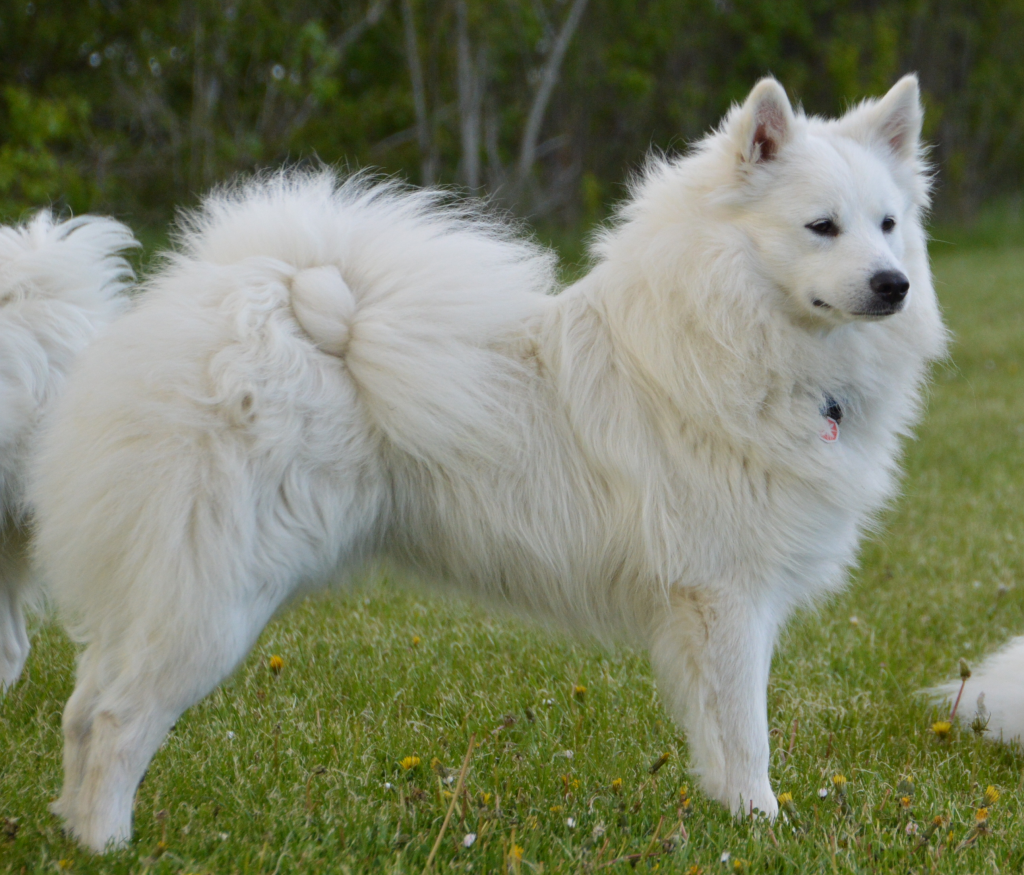
Size and Breed Category
The Danish Spitz is a medium-sized dog breed that originated in Denmark. They are known for their fox-like appearance, with a thick double coat that comes in shades of red, brown, and black. The breed typically weighs between 6-12 kg and stands at a height of 42-50 cm at the shoulder. They have a wedge-shaped head with pointed ears that stand erect, giving them an alert and curious expression. The Danish Spitz is a highly active breed that requires regular exercise and mental stimulation to prevent boredom and destructive behavior. They are known for their loyalty and affection towards their owners, making them a popular choice as a family pet.
The Danish Spitz is classified as a spitz-type dog, which is a group of breeds that share similar physical characteristics such as a thick coat, pointed ears, and a curled tail. They were originally bred for hunting and guarding purposes, but today they are primarily kept as companion animals. The breed is known for their intelligence and trainability, making them suitable for a variety of activities such as obedience, agility, and tracking. They are also known for their vocal nature, often barking to alert their owners of any potential danger. Overall, the Danish Spitz is a versatile and charming breed that makes a great addition to any household.
Fur Length and Colour
The fur of the Danish Spitz is thick and dense, providing excellent insulation against the cold weather. The fur is medium in length, with a soft undercoat and a longer, coarser outer coat. The fur around the neck and shoulders is particularly thick, forming a mane-like appearance. The fur on the tail is also long and bushy, giving the tail a plumed appearance. The fur can come in a variety of colours, including white, cream, brown, and black. Some Danish Spitzes have a combination of colours, such as black and white or brown and cream. The fur is usually solid in colour, but some dogs may have small patches of a different colour on their fur.
The Danish Spitz has a distinctive appearance due to its fur. The fur is not curly or wavy, but rather straight and smooth. The fur is also water-resistant, which is useful for dogs that live in areas with a lot of rain or snow. The fur sheds moderately throughout the year, but during shedding season, the dog will need to be brushed more frequently to prevent matting and tangling. The fur is an important part of the Danish Spitz’s appearance, and it is often groomed to enhance its natural beauty. The fur is also a reflection of the dog’s health, as a shiny and well-maintained coat is a sign of good health.
Termperament and Trainability
The Danish Spitz is a breed that is known for its high energy and lively temperament. They are a very active breed that requires plenty of exercise and mental stimulation to keep them happy and healthy. They are also very social dogs that love to be around people and other animals. This makes them great family pets, as they are very affectionate and loyal to their owners. However, their high energy levels can sometimes make them a bit difficult to handle, especially for inexperienced dog owners. It is important to provide them with plenty of training and socialization from a young age to ensure that they grow up to be well-behaved and obedient dogs.
When it comes to trainability, the Danish Spitz is a breed that can be a bit stubborn at times. They are very intelligent dogs, but they can also be quite independent and strong-willed. This means that they may require a bit more patience and persistence when it comes to training. However, with the right approach and plenty of positive reinforcement, they can be trained to do just about anything. They are also very adaptable dogs that can thrive in a variety of different environments, from city apartments to rural farms. Overall, the Danish Spitz is a breed that requires a bit of extra effort when it comes to training, but they are well worth the effort for those who are willing to put in the time and effort.

Known Health Conditions
The Danish Spitz is a breed of dog that is known to be prone to certain health conditions. One of the most common health issues that affect this breed is hip dysplasia. This condition occurs when the hip joint does not develop properly, leading to pain and discomfort for the dog. It can also cause arthritis and mobility issues later in life. To prevent hip dysplasia, it is important to ensure that the dog’s parents have been screened for the condition before breeding. Regular exercise and a healthy diet can also help to reduce the risk of hip dysplasia in Danish Spitz dogs.
Another health condition that is common in Danish Spitz dogs is progressive retinal atrophy (PRA). This is a genetic condition that causes the retina to degenerate over time, leading to vision loss and blindness. There is no cure for PRA, but early detection can help to slow the progression of the disease. Regular eye exams are recommended for Danish Spitz dogs to monitor for signs of PRA. It is also important to avoid breeding dogs that have a history of PRA in their lineage to reduce the risk of passing on the condition to future generations.
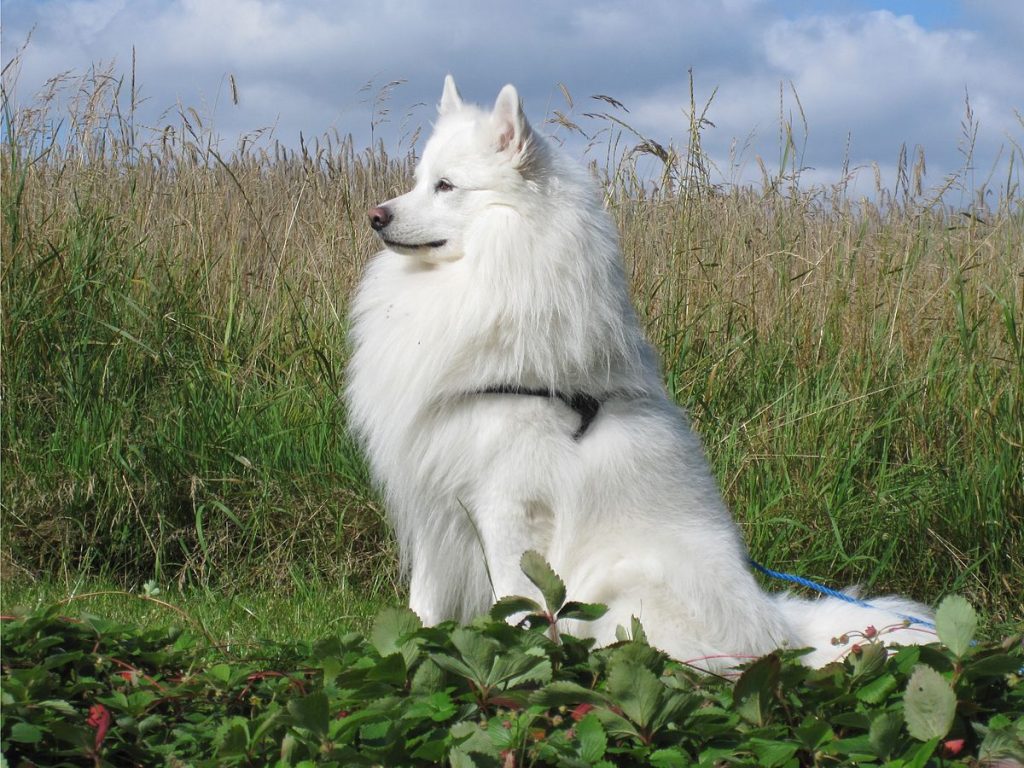
Openness to Strangers
The Danish Spitz is a breed of dog that is known for its friendly and welcoming nature towards strangers. They are a breed that is highly sociable and enjoys the company of people, making them a popular choice for families with children. Their open and friendly nature means that they are often used as therapy dogs, providing comfort and companionship to those in need.
The Danish Spitz is a breed that is highly adaptable and can thrive in a variety of environments. They are known for their ability to adjust to new situations and are often used as working dogs in a variety of settings. Their friendly and outgoing nature means that they are well-suited to roles such as search and rescue, therapy, and even as guide dogs for the visually impaired. Overall, the Danish Spitz is a breed that is highly valued for its open and welcoming nature, making it a popular choice for those looking for a friendly and sociable companion.
Playfulness Level
The Danish Spitz is a highly energetic and playful breed of dog. They are known for their love of play and their ability to keep their owners entertained for hours on end. Whether it’s playing fetch, chasing after a ball, or simply running around in circles, the Danish Spitz is always up for a good time. They are also highly social animals and love to interact with their owners and other dogs. This makes them an excellent choice for families with children or other pets.
Despite their playful nature, the Danish Spitz is also a highly intelligent breed of dog. They are quick learners and respond well to positive reinforcement training methods. This makes them an excellent choice for owners who are looking for a dog that is both fun and easy to train. Additionally, the Danish Spitz is a highly adaptable breed of dog that can thrive in a variety of different environments. Whether you live in a small apartment or a large house with a big backyard, the Danish Spitz is sure to bring joy and laughter to your home.
Suitability as a Pet for Children
Danish Spitzs have a lively and playful temperament, making them a great choice for families with children. They are known for their loyalty and affection towards their owners, and are generally easy to train. Their high energy levels mean they require regular exercise and playtime, which can be a great way for children to get involved in their care. Danish Spitzs are also known for their alertness and protective nature, which can provide a sense of security for families with young children.

Exercise Needs
Danish Spitz dogs require a moderate amount of exercise to maintain their physical and mental health. They are an active breed that enjoys daily walks and playtime in a secure, fenced yard. A minimum of 30 minutes of exercise per day is recommended, but they will happily engage in more vigorous activities such as hiking, running, and agility training. It is important to note that Danish Spitz dogs have a high prey drive and should always be kept on a leash or in a secure area to prevent them from chasing after small animals. Additionally, they thrive on mental stimulation and enjoy interactive games and puzzles that challenge their intelligence and problem-solving skills.
In addition to physical exercise, Danish Spitz dogs require regular grooming to maintain their thick, double coat. Brushing at least once a week is necessary to prevent matting and tangling, and they may require more frequent grooming during shedding season. Regular dental care, including brushing and professional cleanings, is also important to prevent dental issues. Overall, Danish Spitz dogs are a lively and intelligent breed that require a moderate amount of exercise and grooming to keep them healthy and happy.

Suitability for a Multi-Pet Family
Danish Spitzes have a reputation for being friendly towards other pets in the household. They are known to get along well with cats and other dogs, as long as they are socialized properly from a young age. It is important to introduce them to other pets slowly and carefully, and to supervise their interactions until you are confident that they can be trusted together. With patience and training, Danish Spitzes can make great companions for other animals in the home.
Housing Requirements
The Danish Spitz requires a living space that is well-ventilated and spacious enough to accommodate their active nature. They are a breed that enjoys being outdoors, so a garden or yard is ideal for them to run around and play. However, they should not be left outside for extended periods as they are prone to developing separation anxiety. It is important to note that they are sensitive to extreme temperatures, so their living space should be well-insulated and equipped with heating and cooling systems to ensure their comfort. Additionally, they require a comfortable bed or crate to rest in when indoors.
In terms of exercise, the Danish Spitz requires daily walks and playtime to keep them mentally and physically stimulated. They are a breed that enjoys learning new tricks and participating in obedience training, so incorporating these activities into their daily routine is beneficial. It is important to note that they have a high prey drive, so they should always be kept on a leash or in a secure area when outside. Additionally, they require a balanced diet that is appropriate for their size and activity level to maintain their overall health and wellbeing.
Summary
The Danish Spitz can make a great pet for those who are looking for a loyal and affectionate companion. They are known for their playful and energetic nature, making them a good fit for active families. They are also intelligent and trainable, making them a good choice for those who are willing to put in the time and effort to properly train them. However, they can be prone to separation anxiety and may not be the best choice for those who are away from home for long periods of time. Overall, the Danish Spitz can make a wonderful addition to the right family.
Danish Spitz Dog FAQS
Danish Spitz dogs are intelligent and eager to please, making them relatively easy to train.
Yes, Danish Spitz dogs can adapt well to apartment living as long as they get enough exercise and mental stimulation.
Yes, Danish Spitz dogs are known to be good with children. However, supervision is always recommended.
Danish Spitz dogs are generally healthy, but they may be prone to hip dysplasia and eye problems.
Yes, Danish Spitz dogs shed moderately throughout the year and heavily during shedding season.
Danish Spitz dogs need at least 30-60 minutes of exercise daily.
Danish Spitz dogs should be groomed at least once a week to keep their coat healthy and shiny.
A Danish Spitz can grow up to 42 cm in height.
The average weight of a Danish Spitz is between 6-10 kg.
The average life expectancy of a Danish Spitz is 12-15 years.
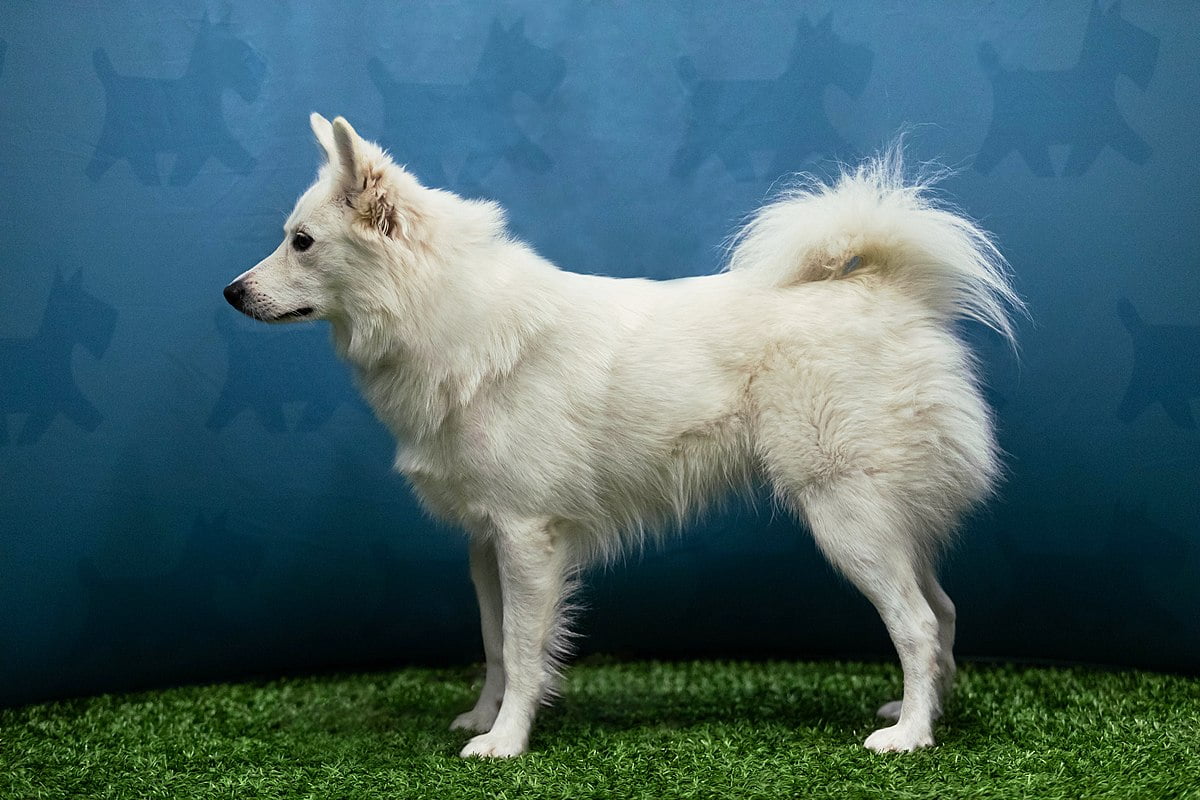


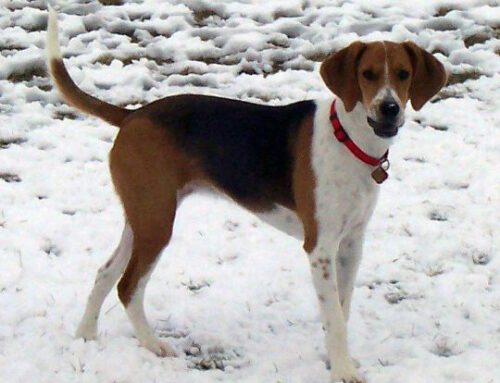
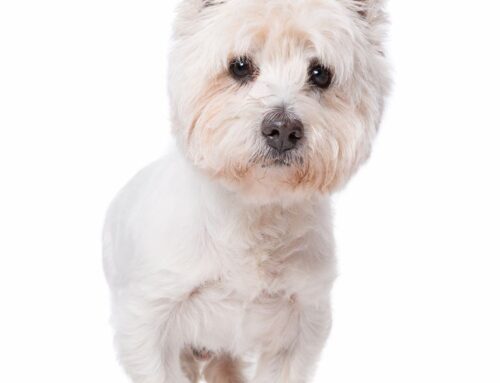

Leave A Comment